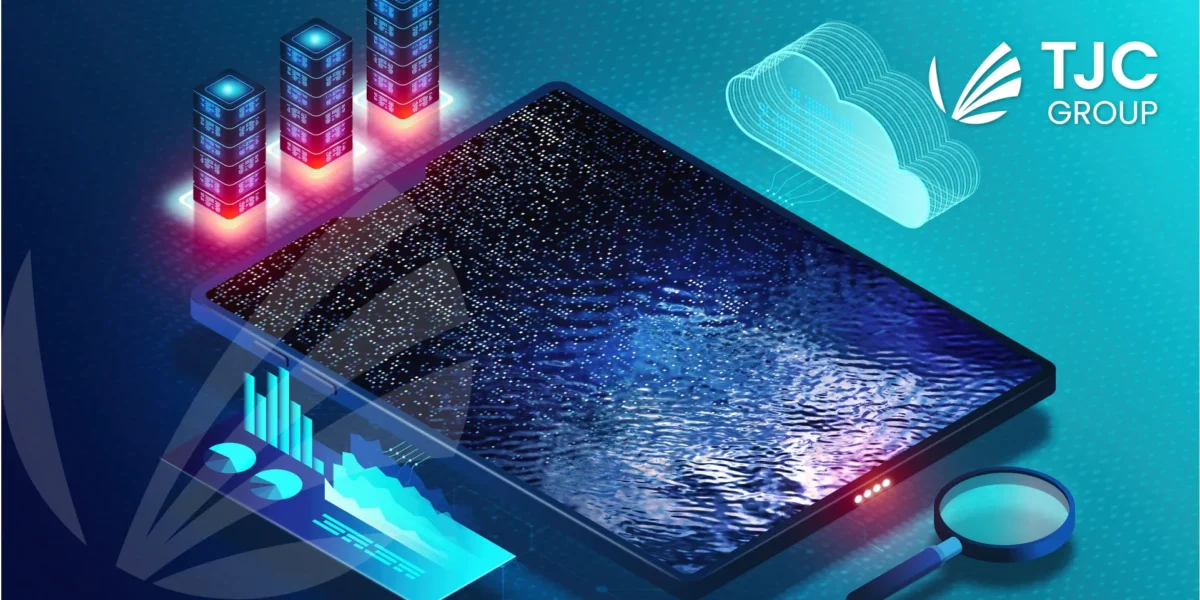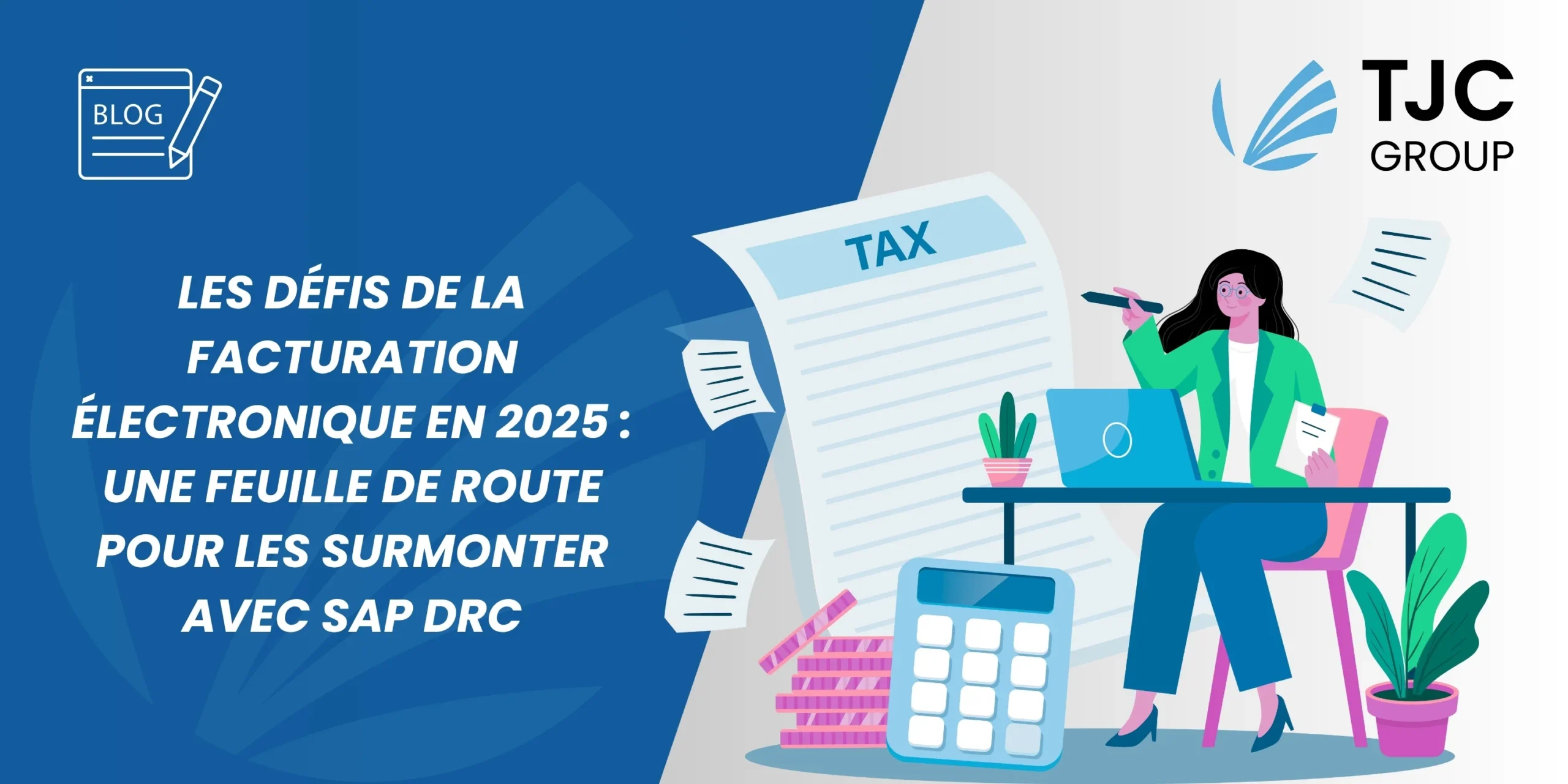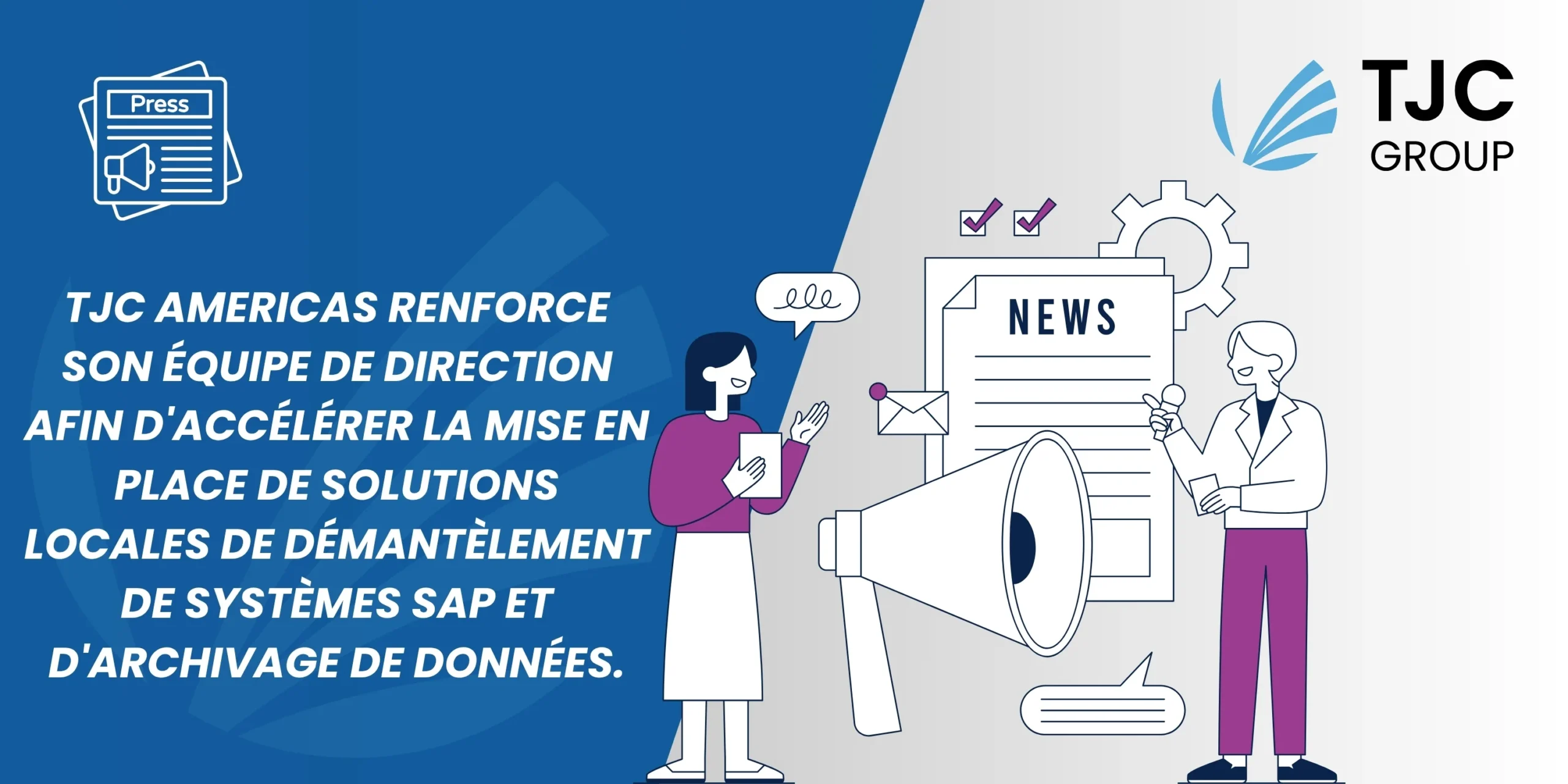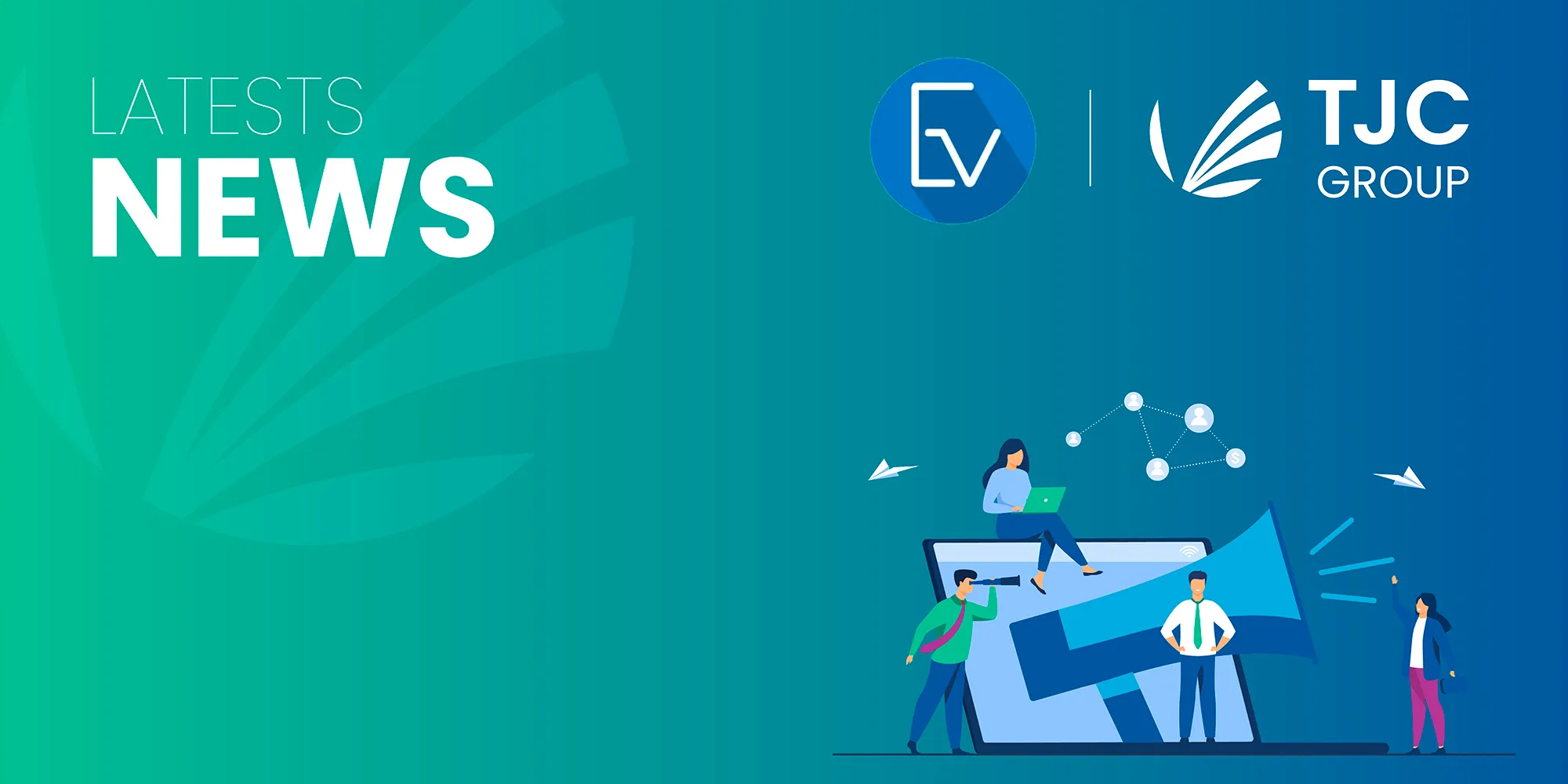Comment gérer les systèmes déclassés dans votre lac de données ?
L’ELSA comme point de départ
Le déclassement d’un système est généralement perçu comme la fin d’un système. Nous aimerions au contraire le présenter comme un nouveau départ pour les informations contenues dans un tel système, sans dette technique.
La plupart du temps, les systèmes à mettre hors service sont d’abord remplacés par un nouveau système. La migration ne concerne généralement que les informations en cours de traitement au moment de la coupure. Par exemple, un bon de commande qui n’a pas encore été livré. Le problème réside dans les informations historiques qui ne sont pas transférées ou, plus précisément, qui ne sont pas entièrement transférées avec la preuve qu’elles sont complètes et n’ont pas été modifiées. Ces informations peuvent avoir été partiellement transférées vers un lac de données, mais une vue partielle n’est pas pertinente à des fins fiscales.
De plus, les données migrées vers le lac de données ont utilisé un processus ELT, et la partie “transformation” peut avoir été pertinente pour l’utilisation d’hier, mais elle ne le sera pas nécessairement pour l’utilisation de demain.
Il est nécessaire d’obtenir une vue complète, sans modification et éprouvée de l’information patrimoniale. L’ETL nous empêche d’utiliser un processus classique de lac de données. Cet article démontrera pourquoi Entreprise Legacy System Application (ELSA) de TJC est un candidat approprié pour compléter votre lac de données avec la zone dorée legacy (veuillez vous référer à la partie 1 de cette série d’articles pour en savoir plus sur les différentes zones). ELSA est la source unique de vérité.
ELSA est une application cloud pour le décommissionnement des systèmes Legacy SAP et non SAP. En fait, ELSA peut être considéré comme faisant partie de votre lac de données d’entreprise, car il correspond à la définition des lacs de données(voir la partie 1 de cette série d’articles). Voyons pourquoi :
- Architecture solide : basée sur la plateforme open-source Cloud Foundry, ELSA fonctionne sur SAP BTP, avec un stockage agnostique on premise ou hyperscaler.
- Logiquement centralisé : L’application ELSA est une approche multi-tenant et multi-bases de données.
- Environnement hautement évolutif : grâce à l’utilisation de l’hyperscaler et à la technologie qu’il implique.
- Rempli de différents types de données analytiques : rapports, documents et données provenant de systèmes legacy SAP et non-SAP.
ELSA sera la première destination pour les données patrimoniales de votre organisation. Regardez cette démonstration pour en savoir plus

Un référentiel de plusieurs sources
ELSA, comme les lacs de données, est construit à partir de dizaines de sources potentielles. L’exemple suivant montre des systèmes legacy (que nous appelons espaces de travail) qui ont été stockés dans des bases de données HANA (veuillez noter que d’autres bases de données, plus abordables, comme Postgress ou MySQL, sont également disponibles).

Avec des données non falsifiées, entièrement extraites, votre organisation est protégée contre le risque de voir l’information se transformer en décharge ou en marécage de données. Les applications patrimoniales contiennent des informations très structurées. Prenons l’exemple d’un ERP : pour gérer les processus d’entreprise, le modèle de données doit être cohérent et pertinent. Cela signifie que des “métadonnées” sont intégrées dans le modèle de données de l’application existante. ELSA a un nom pour cela : le dictionnaire de données du système legacy.
L’architecture à base de composants d’ELSA
ELSA prend en charge de manière native les bases de données et le stockage en mode blob (système de fichiers dans le cadre d’une mise en œuvre sur site). Vous pouvez stocker des données, des rapports et des documents dans de nombreux formats. Il se connecte également à de nombreuses plateformes : tout serveur de contenu compatible avec ArchiveLink ou toute plateforme certifiée NF461 telle que Stratow. L’API ELSA permet l’accès à partir de SAP S/4HANA et nous serions heureux de prendre en compte les exigences de votre entreprise en matière d’architecture.
ELSA en remplacement des architectures patrimoniales de lacs de données
Si vous envisagez d’abandonner progressivement les systèmes d’entrepôt de données dans un avenir proche, tels que les systèmes SAP BW, vous pouvez envisager de ne pas migrer tous les faits et dimensions vers de nouveaux systèmes, tels que Snowflake ou SAP Datasphere.
ELSA peut être la solution pour stocker certains rapports ou conserver les données originales des systèmes legacy.
Une seule zone : la zone dorée
Il n’est pas nécessaire d’améliorer la qualité des données d’une application existante. Elle est déjà autosuffisante, ce qui signifie que les données stockées dans ELSA sont déjà considérées comme des données en or. Au fil du temps, vous pourrez continuer à ajouter des systèmes legacy à votre plateforme ELSA. ELSA sera la source de vérité pour les informations patrimoniales.
Facilité d’utilisation d’ELSA pour de nombreuses fonctions de lac de données
Le lignage des données est une fonctionnalité native.
La conservation des données (suppression) peut être gérée à partir d’ELSA. Cependant, nous ne nous concentrerons pas sur la suppression des informations dans ELSA, mais plutôt sur la manière de proposer une suppression chirurgicale, en s’appuyant uniquement sur une obligation de confidentialité, et directement gérée par le bureau du DPD (délégué à la protection des données) (et non par le département informatique). Personne ne souhaite détruire massivement des informations historiques susceptibles d’être utilisées pour des modèles d’IA qui changent la donne et dont votre entreprise aura bientôt besoin.
Les informations froides peuvent être conservées en dehors de la base de données principale, et vous décidez qui a accès aux PDF statiques ou aux données réelles avec la granularité requise.
Impact d’ELSA sur votre lac de données
En sécurisant les informations historiques provenant de nombreuses applications patrimoniales, ELSA s’assure que ces informations ne disparaissent pas. Il offre un moyen simple d’obtenir des métadonnées, l’exhaustivité, la lignée des données, le masquage des données et la confidentialité des données.
ELSA s’appuie sur une technologie qui rend les informations legacy disponibles pour les applications modernes telles que Datasphere, Microsoft Power apps, SAP Builder, ou même les systèmes S/4HANA. ELSA est une application en nuage qui est certifiée SAP comme étant construite sur SAP BTP, qui s’appuie sur la technologie SAP et hyperscaler, qui permet de participer à n’importe quel pipeline de données moderne et qui gérera également les archives des systèmes actuels.
En mettant à disposition toutes les informations héritées, ELSA permet le décommissionnement des systèmes legacy data warehouse, en s’assurant que vous ne vous retrouvez pas avec des données qui ne sont plus sous gestion de conformité (les systèmes legacy génèrent généralement des événements pour supprimer les informations du data warehouse lorsque les demandes de confidentialité des données sont mises en œuvre ou que les demandes de suppression sont dues).

Le mot de la fin
En conclusion, cet article explique pourquoi le déclassement des systèmes ne doit pas être considéré comme la fin des systèmes, mais plutôt comme la poursuite de l’accès à l’information d’une manière rentable. Nous pouvons affirmer qu’il est efficace parce que l’information est débarrassée de la dette technique. En outre, le décommissionnement des systèmes legacy comme ELSA peut également apporter des avantages en termes de rentabilité – veuillez vous réf érer à l’article ” Where Enterprise Legacy System Application meets AI ” (Où rencontre l’IA). En effet, c’est le moment idéal pour protéger les revenus futurs grâce au démantèlement des systèmes.









